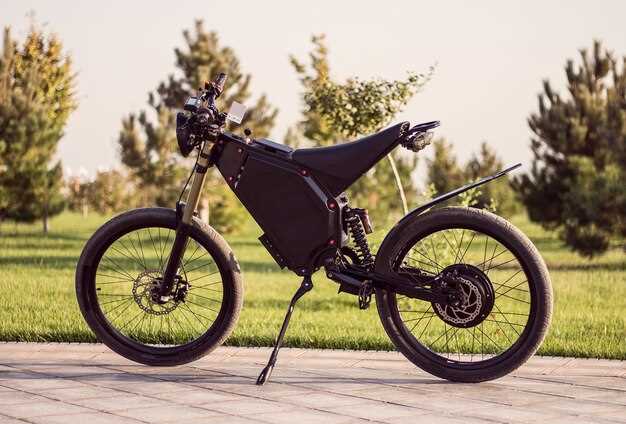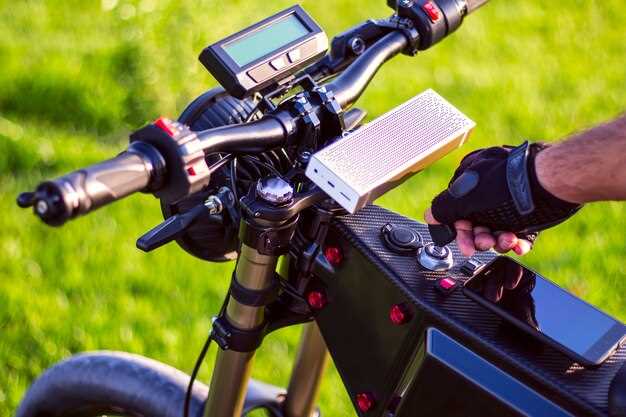
The rise of electric motorcycles, often referred to as EVs, has become a significant trend in the automotive industry. As concerns about environmental sustainability grow and technology continues to advance, these motorcycles have gained popularity among enthusiasts and everyday riders alike. The shift from traditional gasoline-powered bikes to electric alternatives is not only reshaping consumer preferences but also influencing urban mobility and the global economy.
Electric motorcycles offer numerous advantages, including reduced emissions, lower operating costs, and quieter operation. These benefits appeal to a broad audience, from environmentally conscious individuals to those seeking a cost-effective means of transportation. As manufacturers innovate and expand their electric offerings, the market is witnessing a surge in the variety of motorcycles available, catering to different preferences and needs.
This article will explore the current landscape of electric motorcycles, examining key players in the market, the technological advancements driving growth, and the environmental impact these vehicles have compared to their gasoline counterparts. The goal is to provide a comprehensive overview of how electric motorcycles are revolutionizing the way we think about two-wheeler transportation and their role in fostering a more sustainable future.
Market Trends Influencing Electric Motorcycle Adoption

The electric motorcycle market is experiencing rapid growth driven by several key trends. One significant trend is the increasing consumer demand for sustainable transportation options. As environmental awareness rises, more riders are seeking alternatives to traditional gasoline-powered motorcycles, which has led to a surge in the popularity of electric vehicles (EVs). This shift is not only influenced by personal values but also by government incentives aimed at promoting eco-friendly solutions.
Another trend is the advancement of battery technology. Innovations in battery design and efficiency have resulted in longer ranges and shorter charging times for electric motorcycles. This enhanced performance alleviates earlier concerns related to range anxiety, making EVs a more viable option for a broader audience. Manufacturers are continuously investing in research to improve battery life, further boosting consumer confidence in electric options.
The growing availability of charging infrastructure is also a crucial factor. As more charging stations become accessible in urban areas and along key routes, the practicality of electric motorcycles increases. This trend is complemented by partnerships between motorcycle manufacturers and charging network providers, facilitating a more seamless experience for electric motorcycle owners.
Additionally, competitive pricing strategies are reshaping the market landscape. As production scales and technology costs decrease, electric motorcycles are becoming more affordable. This price competitiveness attracts a diverse demographic, including younger riders and those looking for cost-effective commuting solutions.
Lastly, the influence of social media and community engagement cannot be overlooked. Electric motorcycling communities are thriving online, fostering discussions about the benefits and experiences of owning an EV. Such platforms not only raise awareness but also create a supportive environment that encourages potential buyers to consider making the switch to electric motorcycles.
Technological Advancements in EV Motorcycles

The rapid evolution of electric motorcycles (EVs) has been driven by significant technological advancements that enhance performance, efficiency, and user experience. One of the most critical innovations is the development of high-capacity lithium-ion batteries. These batteries offer improved energy density, allowing electric bikes to travel longer distances on a single charge, thereby addressing range anxiety among potential users.
Another major advancement is the implementation of regenerative braking systems. This technology recaptures energy typically lost during braking, converting it back into usable power for the bike. This not only extends the range but also increases overall energy efficiency, making electric motorcycles more appealing to environmentally conscious consumers.
Smart connectivity features have also emerged as a key aspect of EV motorcycles. Many models now come equipped with integrated smartphone applications, allowing riders to monitor battery status, receive navigation support, and access real-time performance metrics. These features enhance the user experience and create a more engaging riding environment.
Additionally, advancements in electric motor technology have improved torque delivery, providing instant acceleration and a more responsive ride. Modern electric motors are designed to be compact and efficient, resulting in lighter bikes with enhanced agility and performance.
The use of lightweight materials, such as carbon fiber and aluminum alloys, has also been pivotal in the design of electric motorcycles. These materials contribute to reduced weight, which further boosts efficiency, handling, and overall performance. The combination of these technological advancements has led to the emergence of electric bikes that not only compete with traditional motorcycles but often exceed their capabilities in terms of smoothness and acceleration.
Overall, the continuous innovations in battery technology, energy recovery, smart features, motor efficiency, and materials are positioning electric motorcycles as a viable and attractive alternative to conventional motorcycles, driving growth and interest in the EV market.
Comparative Analysis: Electric Bikes vs. Traditional Motorcycles
As the automotive industry evolves, electric motorcycles (ev motorcycles) are gaining traction alongside traditional gas-powered models. One of the most significant differences lies in propulsion. Electric bikes utilize electric motors powered by batteries, resulting in zero emissions during operation. In contrast, traditional motorcycles rely on internal combustion engines, contributing to environmental pollution and greenhouse gas emissions.
Another critical factor is performance. Electric motorcycles offer instant torque, providing rapid acceleration and a smooth riding experience. Traditional motorcycles, while offering a robust performance, often have a delay in power delivery due to the nature of gasoline engines. However, some purists argue that the visceral experience and sound produced by traditional motorcycles create a unique emotional connection that electric models may lack.
Cost of ownership is another area of contrast. Electric bikes typically have lower operational costs, mainly due to reduced fuel expenses and minimal maintenance needs. Traditional motorcycles, however, may require more frequent servicing and fuel purchases, which can add up over time. The initial purchase price of electric motorcycles can be higher, but government incentives and lower running costs can offset this initial investment.
Charging infrastructure presents a challenge for ev motorcycles. While charging stations are becoming more prevalent, long-distance travel can still be limited compared to traditional motorcycles, which can refuel quickly at gas stations. However, advancements in battery technology are continuously improving the range and charging speed of electric bikes.
Finally, public perception plays a crucial role in the adoption of electric bicycles. Although acceptance of ev models is growing, many riders still prefer the traditional experience. Education about the benefits and advancements in electric motorcycle technology will be essential in shifting this perception.












